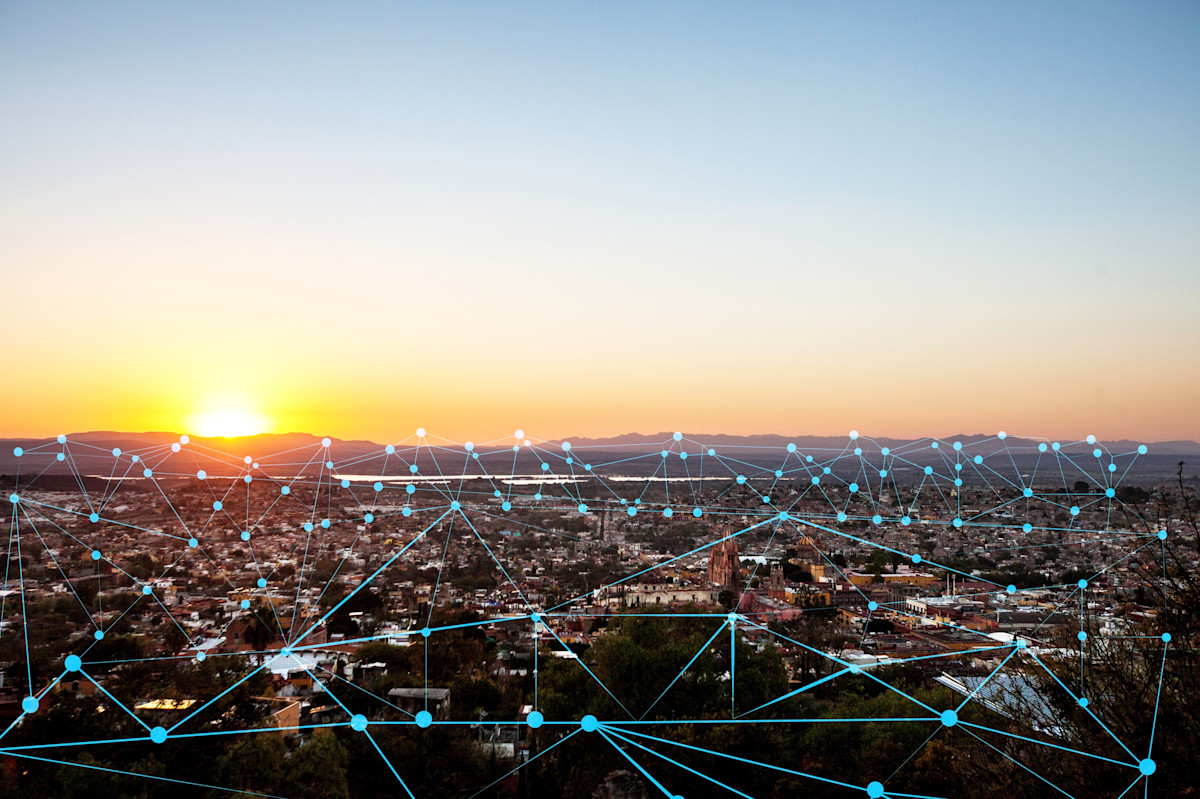
By 2025, 75% of data created is expected to be processed outside the cloud primarily through edge computing. Cloud computing has been an instrumental paradigm shift for how businesses perform computing. Since 2016, over 90% of companies have been utilizing cloud computing in some form. Similar to cloud computing, edge computing is generating a shift in computing. Edge computing allows data to be processed closer to data sources like internet of things (IoT) devices. In this blog post, we’ll focus on edge computing for fast computation and intermediary computation and then discuss how to manage deployment for edge computing.

Edge Computing for Fast Computation
Edge computing enables fast, low-latency computation. Edge nodes meet this requirement by processing data in close proximity to data sources. Examples of how edge computing promotes fast computation include:
Healthcare: Edge nodes can be leveraged in a hospital to process data from many monitoring devices and ensure the analyses are performed in the required time frame.
Telecommunication: A communication service provider can offer real-time analytics for video streaming through edge nodes like a 5G router.
XR Processing: Edge nodes provide high-fidelity models to increase immersion in virtual reality and also quickly process incoming video streams to provide contextual response to user actions in augmented reality.
Edge nodes range from servers, routers, or gateways at the network edge to micro data centers. Due to the reduced proximity, waiting for processed data from edge nodes is faster than waiting for processed data from the cloud.
Edge Computing for Intermediary Computation
In addition to enabling fast computation, edge computing can be used for intermediary computation. Edge nodes help offset data processing that may otherwise be completely performed in the cloud. This processing takes place when there isn’t a consistent connection between data sources and the cloud or if preprocessing data at edge nodes is more cost effective.
Examples of how edge computing helps with intermediary computation include:
Point of Sales System: Edge nodes allow data from sales terminals to be aggregated and processed, reducing costs to transmit raw data to the cloud for processing.
Supply Chain Tracking: Distribution centers benefit from edge nodes for collecting and analyzing high bandwidth data to efficiently process orders.
Distributed Artificial Intelligence (AI) Processing: Edge nodes decrease network demands and increase security of processing sensitive data by enabling processing to be parallelized at edge nodes rather than completely in the cloud.
Because edge computing is a distributed computing paradigm it is well suited for workloads that required large volumes of data to be processed and completed through a distributed solution as outlined in the examples above.
Managing Deployment for Edge Computing
While edge computing requires dedicated hardware for edge nodes, these edge nodes can be managed through cloud provider services, such as Amazon Web Service’s IoT Greengrass, Google Cloud Platform’s Cloud IoT, and Microsoft Azure’s IoT Edge. These services simplify the process of managing edge nodes by including runtimes that integrate with the respective cloud platform. The services also simplify security, event processing, and offline operation for edge nodes.
For additional information and help navigating emerging technologies like edge computing, contact us at marketing@credera.com.
Contact Us
Let's talk!
We're ready to help turn your biggest challenges into your biggest advantages.
Searching for a new career?
View job openings


